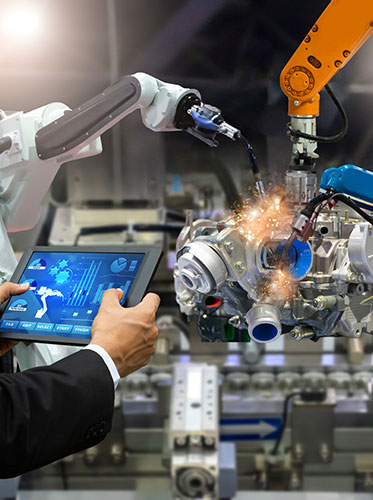Asia Research Partners leads the way in Automotive Research. We have worked with major auto brands on a range of studies. Industry-leading companies trust our experts to provide custom solutions for their unique challenges. Whether it’s a clinic, CATI or online survey, our skilled team will get the job done right. We can even perform mystery shopping and focus group surveys to help you understand consumers’ shopping habits better.
The automobile sector is divided into four segments: two-wheelers (mopeds, scooters, motorcycles, electric two-wheelers), passenger vehicles (passenger cars, utility vehicles, multi-purpose vehicles), commercial vehicles (light and medium-heavy vehicles), and three wheelers (passenger carriers and good carriers).
The revenue pool in the auto industry is going to dramatically increase and diversify toward on-demand mobility services and data-driven services. It is estimated that this could generate up to $1.5 trillion – or thirty percent more revenue – in 2030, compared to about $5.2 trillion from traditional auto sales and aftermarket products/services in 2015.

Global automotive industry forecasts suggest that it will grow at a CAGR of 5%. Emerging economies such as Asia Pacific have driven this growth, and by 2025 it is expected to become the world’s largest automotive region. Reports also indicate that mass production of electric vehicles and further development of alternate fuel sources such as solar power, wind energy and hydrogen fuel cells will generate a significant amount of new business for established OEMs (Original Equipment Manufacturers) while simultaneously encouraging other start-ups to diversify into new sectors — especially those related to mobility services including ride sharing, and autonomous driving.
Factors that will drive growth in the sector







